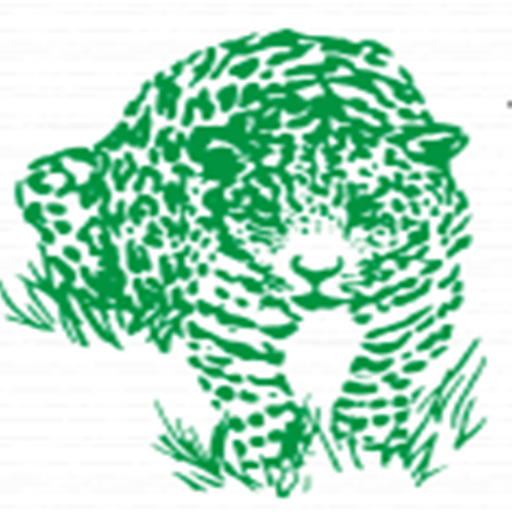History of the Jaguar E-Type
Posted by D Harrill on June 20, 2014
 Few automobiles can lay claim to the iconic status achieved by the Jaguar E-Type during the 14 years it was produced from 1961 to 1975. This sleek and stylish British sports car has truly stood the test of time; it is every bit as (if not more) fascinating and exciting in 2014 as it was when the last one was made nearly 40 years ago.
Few automobiles can lay claim to the iconic status achieved by the Jaguar E-Type during the 14 years it was produced from 1961 to 1975. This sleek and stylish British sports car has truly stood the test of time; it is every bit as (if not more) fascinating and exciting in 2014 as it was when the last one was made nearly 40 years ago.
In 2011, the UK publication The Telegraph announced that the E-Type (known as the XKE in the US) had been named the most beautiful automobile ever made, ahead of various types of Ferraris, Aston Martins, and other Jaguar models. Enzo Ferrari, who knew a thing or two about crafting alluring sports cars, was said to have expressed the same sentiment about the E-Type when it debuted back in 1961.
Love at First Sight
The impression the E-Type left on the automobile industry was immediate and indelible. The E-Type turned heads from the moment it exploded onto the scene at the Geneva Auto Show in Switzerland in March 1961; Jaguar reportedly sold about 500 of them as a result of its presence at that Geneva show.
A month later, in April 1961, the E-Type made its first appearance in the US at the New York International Auto Show. Allegedly, six of them were sold in the first half hour, including one to crooner Frank Sinatra. According to legend, Ol’ Blue Eyes said he wanted an E-Type immediately upon first seeing it.
So, what was it about the E-Type that made it so desirable?
- Exterior design. The E-Type’s simplistic yet distinctive design, created by aerodynamics engineer Malcolm Sayer, featured a curvy body shape and an oval face that made it visually striking. Even to this day the E-Type consistently places at or near the top of many “most beautiful cars” lists.
- Speed. The 1961 E-Type topped out at 150 mph, which rivaled the Ferrari and the Aston Martin as the fastest car in the world at the time. It also handled and performed well, especially for a fast car.
- Price. The first E-Type models (both the roadster and the coupe) sold for less than $6,000 in the US, which was roughly half the cost of a Ferrari or Aston Martin in 1961.
The Need for Speed
The E-Type was the successor to Jaguar’s C-Type and D-Type models, both of which had achieved notoriety on the professional racing circuit with a series of victories (including several in the 24 Hours of Le Mans endurance race in France in the 1950s). Jaguar sports cars were already well known for their speed, so designers wanted to continue this custom with the E-Type.
Since its predecessors were both racecars, the E-Type was meant to be fast. The first E-Type had a six-cylinder, 3.8 liter engine with a horsepower of 265, which gave it a top speed of 150 mph. It could accelerate from zero to 60 in less than seven seconds, which was blazingly fast for that time period. In 1964, the engine displacement increased to 4.2 liters.
Changes Through the Years
Emissions and safety regulations that came about in the late 1960s forced Jaguar to make some changes to the E-Type design. Most of these changes were minor; probably the most significant modification was the removal of the glass covers on the headlights in favor of the “open headlight” style. Other features had to be enlarged for safety purposes, such as taillights, turn signal lights, parking lights, and brakes. The Series 2 E-Type, which debuted in 1969, had a reduced engine horsepower and as a result was not as powerful as previous E-Type models.
The car’s original power was restored in 1971 when the Series 3 E-Type was introduced and included a V-12 engine. By this time, air conditioning was a staple in E-Types, and a more luxurious interior indicated that the E-Type was moving away from its racecar roots. The E-Type remained competitively priced when compared with other sports cars, even in its final years of production. In 1975, the E-Type’s last year, it sold for about $7,600.
Legacy
The Jaguar E-Type remains one of the most recognizable sports car brands in the world. About 70,000 of them were sold during its 14-year run. The E-Type has been featured in many TV shows and movies, probably most notably in Austin Powers where the titular character, played by Mike Myers, drove an E-Type roadster dubbed the “Shaguar” with a Union Jack painted on the hood.
The potency of the E-Type was undeniable, as actor Steve McQueen found out on one occasion in the mid-1960s in London. McQueen, who was known for owning a variety of fast cars and motorcycles, once test drove a borrowed Jaguar E-Type on the streets surrounding the grand Savoy Hotel where he was booked for a four-day stay. After accounts of McQueen’s wild and reckless excursion in the E-Type on the narrow streets of central London appeared in several British newspapers the next day, McQueen was reportedly evicted from the hotel.
The Sequel
In 2013, almost 40 years after the last E-Type was manufactured, Jaguar rolled out the E-Type’s successor, known as the F-Type. The Jaguar F-Type has carried on the tradition started by the E-Type over 50 years earlier by offering a smooth, speedy, thrilling, ride at a price that can hold its own against that of any luxury sports car.

